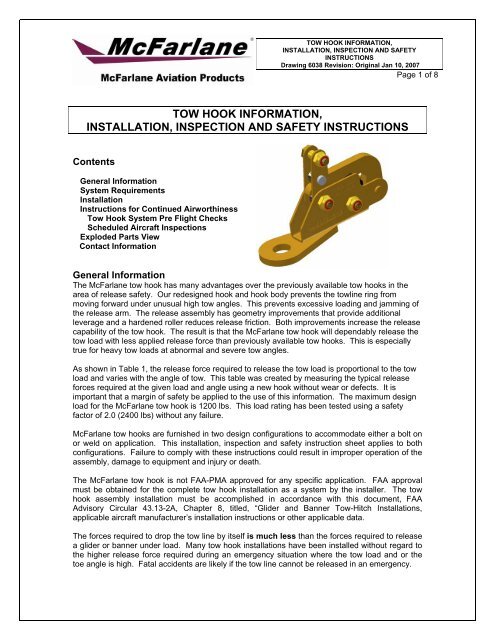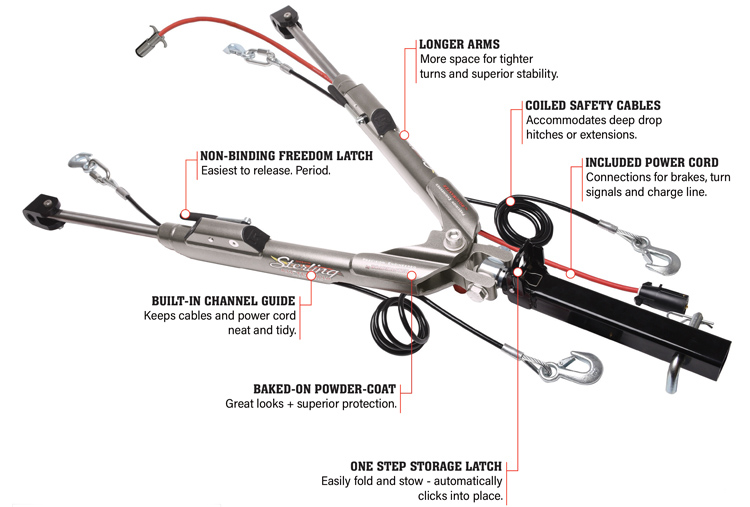Have you ever found yourself in a sticky situation on the road and wondered how you could safely get your vehicle out of trouble? Tow hooks are the unsung heroes in such scenarios, providing a sturdy solution for towing and recovery.
But, using tow hooks without proper knowledge can lead to accidents or even damage to your vehicle. That’s where understanding tow hook safety becomes crucial. Imagine the peace of mind knowing that you can handle roadside emergencies with confidence. This guide is crafted to empower you with essential safety tips and tricks for using tow hooks.
You’ll discover how to avoid common mistakes and ensure your vehicle’s safety while towing. Whether you’re an off-road enthusiast or someone who just wants to be prepared, this guide offers valuable insights tailored to your needs. Dive in to unlock the secrets of safe towing and protect yourself and your vehicle from unnecessary risks.
Choosing The Right Tow Hook
Selecting the right tow hook ensures safety and efficiency. Consider strength, compatibility, and material. Proper choice prevents accidents, protecting both vehicle and passengers.
Material And Strength
Tow hooksshould be made from strongmaterials. Steel and aluminum are good choices. These materials offer durabilityand strength. Always check the strength rating. It should match your towing needs. Avoid cheap materials. They may break easily.
Compatibility With Vehicle
Ensure the tow hook fits your vehicle. Check the vehicle manual. It provides important information. Compatibility is crucial for safety. Incorrect hooks may damage the vehicle. Always choose hooks designed for your car model. Proper fit ensures safe towing.
Types Of Tow Hooks
There are several types of tow hooks. Fixedhooks are strong and secure. Foldinghooks save space when not in use. Removablehooks are versatile and easy to replace. Each type offers unique benefits. Choose based on your needs. Consider space, durability, and ease of use.

Credit: www.amazon.com
Installing Tow Hooks
Having the right toolsis key to safe tow hook installation. You will need a wrench, screwdriver, and drill. A torque wrenchensures bolts are tight. Safety goggles protect your eyes from debris. Gloves keep hands safe. Ensure all tools are in good condition.
Follow these steps for a smooth installation. First, locate the mounting pointson your vehicle. Next, align the tow hook with these points. Use the drill to make holes if needed. Insert bolts and tighten with a wrench. Check if the hook is secure. Test by pulling gently. Repeat these steps for other hooks.
Avoid these mistakes during installation. Don’t use the wrong size bolts. They can fail under pressure. Ensure bolts are tight. Loose bolts cause accidents. Check the alignment of hooks. Misaligned hooks can damage your vehicle. Always double-check your work.
Inspecting Tow Hooks
Tow hooks can break with time. Look for rust and cracks. Rust makes metal weak. Cracks show metal is breaking. Bent hooks are not safe. They can fail during towing. Loose bolts are another sign. Tighten them to avoid accidents. Check for paint chipping too. It shows metal damage underneath.
Keep tow hooks clean always. Dirt hides damage. Use water to wash away mud. Dry hooks after washing. This stops rust. Apply oil to keep them smooth. Check tightness of bolts. Loose bolts can come off. Inspect hooks every month. Make it a habit. Safe hooks mean safe towing.
Damaged hooks need replacing fast. Use the right size hooks. Small hooks can break easily. Always buy quality hooks. Cheap ones break quickly. Follow the vehicle’s manual for fitting. Proper fit is important. Secure the hooks tightly. Loose hooks are dangerous. Regular checks ensure safety.
Safety Measures During Towing
Securing the load is very important. Use strong straps or chains. Ensure they are tight and not loose. Check them twice before moving. This prevents accidents on the road. Loose loads can shift and cause problems.
Know your vehicle’s weight limit. Each vehicle has a limit. Never exceed this limit. It keeps the vehicle safe. Check the manual for exact numbers. Overloading risks breaking parts. This can be very dangerous.
Safety chains are extra protection. Attach them securely. They stop the trailer from detaching. Always use two chains. Cross them under the hitch. This forms a cradle for the trailer. It adds extra security.
Legal Considerations
Towing is not just hooking a car and driving. Laws vary by region. Some areas require special permits. Always check local rules before towing. Penalties for breaking rules can be severe. Ensure your tow equipment meets safety standards. Proper equipment is key to safe towing. Avoid legal troubles by following all regulations.
Insurance can protect against many risks. Some policies cover towing. Others do not. Always read your insurance policy carefully. Confirm coverage for towing incidents. Without coverage, you may pay for damages yourself. Protect yourself with the right insurance. Call your agent for more information.
Accidents happen, even with the best plans. Liability is a major concern when towing. You could be responsible for damage to other cars. Or for injuries to people. Liability insurance can help with these costs. Without it, you might face large bills. Stay safe and protect your finances.

Credit: www.yumpu.com
Emergency Situations
A breakdown can be scary. Stay calm and safe. Move the car to the side of the road. Turn on hazard lights. Use warning triangles if you have them. These steps keep you and others safe.
Tow hooks are useful in breakdowns. First, check their condition. They should not be rusted or bent. Attach them securely. Follow the car manual for guidance. Use tow straps or chains carefully. Keep them tight, but not too tight.
Call for roadside assistance if needed. Keep your phone charged. Stay in the car if safe. Do not leave the vehicle alone. Wait for help to arrive. It’s important to be patient.
Tow Hook Accessories
Snatch blocks make towing easier. They change the direction of pull. This helps when space is tight. Shackles join chains and ropes. They are strong and reliable. Always check for rust and cracks. These can make them weak. Keep them clean and stored well. Safety first!
Tow straps are flat and wide. They are great for towing cars. Ropes are round and flexible. They are used in different situations. Always choose the right size and strength. Check them for wear and tear. A broken rope can be dangerous. Keep extras in your vehicle.
Store tow accessories in a dry place. Moisture can cause rust. Clean them after use. This removes dirt and salt. Regular checks are important. Look for any damage. Replace old or damaged parts. This keeps your towing gear safe and ready.

Credit: www.roadmasterinc.com
Conclusion
Tow hook safety is crucial for safe towing. Always check tow hook strength. Secure connections prevent accidents. Use quality equipment to ensure reliability. Regular inspections help identify wear and tear. Replace damaged parts immediately. Understanding weight limits is vital. Never exceed them.
Practice safe driving techniques. Slow and steady wins the race. Awareness and preparation make a difference. Safe towing protects you and others. Remember, the right tools and knowledge are key. Stay informed and prioritize safety. Tow with confidence by following these guidelines.
Your safety matters.
